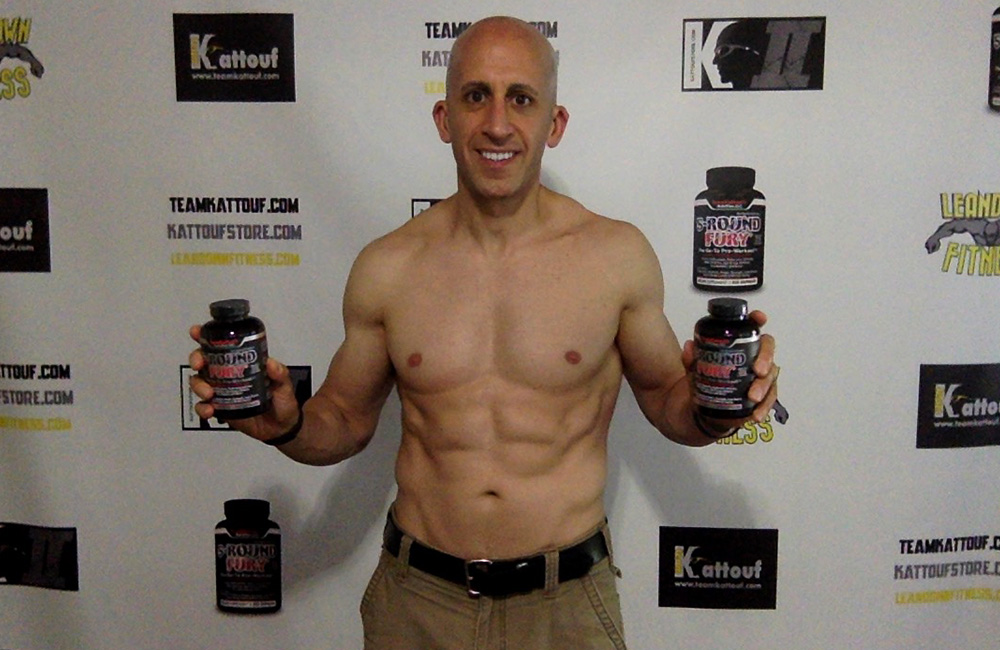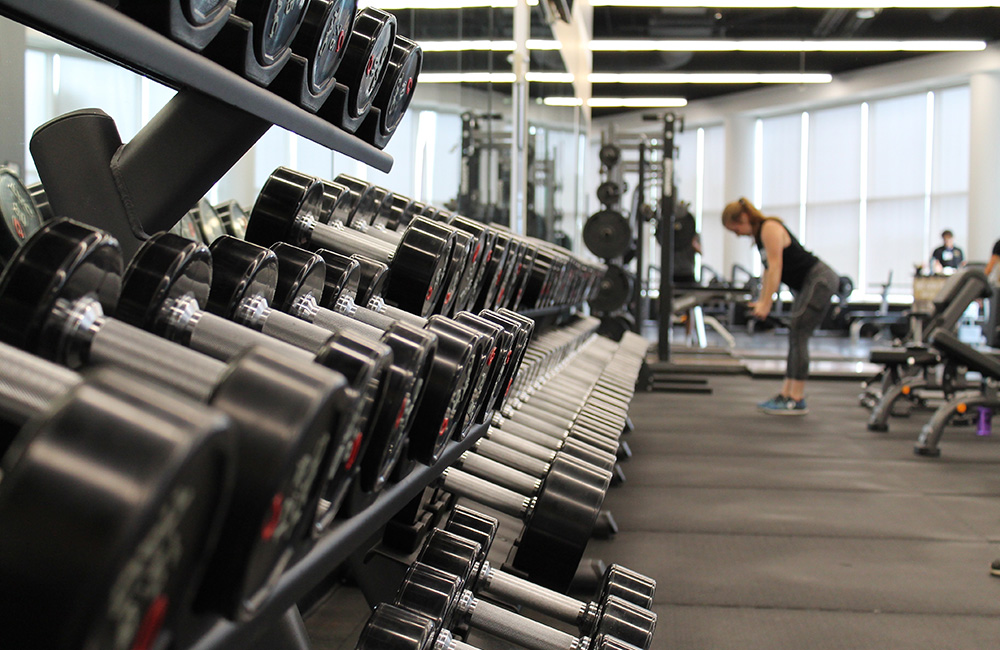What’s the difference between eating healthy and eating right? For athlete, entrepreneur, coach and nutrition expert Dr. Rick Kattouf II this question cuts right to the heart of the debate on nutrition.
“There is a huge difference between eating healthy and eating right,” Kattouf says. “There is a huge difference between feeding the body and fuelling the body. I tell people to stop eating healthy, and they freak out.”

Rick has designed his own line of nutritional supplements. © Rick Kattouf
An example of what Kattouf calls a healthy meal is grilled chicken on a bed of greens, or a bowl of vegetables, beans with a little tofu. While Kattouf agrees these meals are healthy, he says that doesn’t make them right. Eating right is another matter.
Kattouf has credentials to back up his perspective on nutrition for athletes: during four years of pre medicine study and four years of studying optometry he learned about human physiology, pharmacology and biochemistry. The three-time age group national duathlon champion and all-round fitness freak has the performance experience to back up his approach, too.
“There’s a lot of people out there chasing one diet after the next, and one thing I am is an anti diet guy,” Kattouf says. “I trademarked the acronym for the word diet: disaster imminent every time®. That’s what a diet is. My nutrition principles haven’t changed since I was at college. And now I’m 47. Reason being is that human physiology is human physiology.”
Rick Kattouf’s unchanging principles of nutrition

Photo by Danielle Cerullo on Unsplash
When Kattouf starts coaching a new athlete he always asks the same three questions: what time of day do they get out of bed, what time of day they work out and what time do they go to bed. Being clear about this is where a proper nutrition plan begins.
“But what do most people try to focus on? Calories. It’s not about calories in and calories out. It’s all about three key principles: the proper fuelling frequency, the proper fuelling timing, and the right balance of carbohydrates, protein and fat in every meal and snack.”

Photo by Brian Erickson on Unsplash
1. The right ratio
Whether it’s a pro athlete, an age group runner or a morbidly obese person he’s coaching, Kattouf sticks to the same basic meal principle; each meal should consist of about 50 to 60 percent carbohydrates, around 15 to 25 percent protein and between 15 to 25 percent fat.
“For decades we’ve been living with this concept of a higher protein, lower carb diet,” he says. “The carbs have got the dunce hat on and have been shoved into the corner. But what is the only food that the brain can use as fuel? It’s sugars, glucose, carbs, and when we cut those out we’re going to reduce mental acuity, and not get the results we want.”
He says it’s this proper balance of “C-P-F” that plays an important role in stabilising blood sugar, reducing sharp spikes and drops, and helping the body reload. They also help to assist in repairing muscle damage, building muscle, cartilage and bone. These are “macronutrients”, meaning the body needs a large amount of them (and in the right balance) compared to micronutrients like vitamins and minerals.
“There are three things we are going to ask ourselves before every meal or snack: what is my carb, what is my protein, what is my fat. If we can answer all three of those we are moving in the right direction,” Kattouf says
2 & 3. Fuelling frequency and timing
These two are separate, but closely connected. The proper frequency is about how often to eat throughout the day. For optimal performance Kattouf says every two and a half to three hours upon the first snack at waking.
“Fuel your body immediately upon waking, not 30 minutes after, not 60 minutes after, immediately upon waking and then every two to three hours thereafter throughout the day, depending on your goals,” Kattouf says.
The proper timing is about fuelling before, during and after a workout. Having a well balanced snack immediately before a workout and one immediately after is a good start. Especially for endurance athletes, fuelling during is equally important.
Rick’s quick and easy balanced meal

2/3 cup oats
1 slice whole grain bread
1 TBSP peanut butter
3 egg whites
Breakdown:
457 calories
52% carbohydrate
23% protein
25% fat
READ MORE
FUELLING THE ENGINE: A COMMONSENSE APPROACH TO NUTRITION
FUELLING THE ENGINE: TALKING NUTRITION WITH ULTRA RUNNER LUCY BARTHOLOMEW
FUELLING THE ENGINE: TALKING NUTRITION WITH TRIATHLETE MEL HAUSCHILDT
FUELLING THE ENGINE: TALKING NUTRITION WITH TRAIL RUNNER EMELIE FORSBERG
Lead photos by rawpixel and Eaters Collective on Unsplash